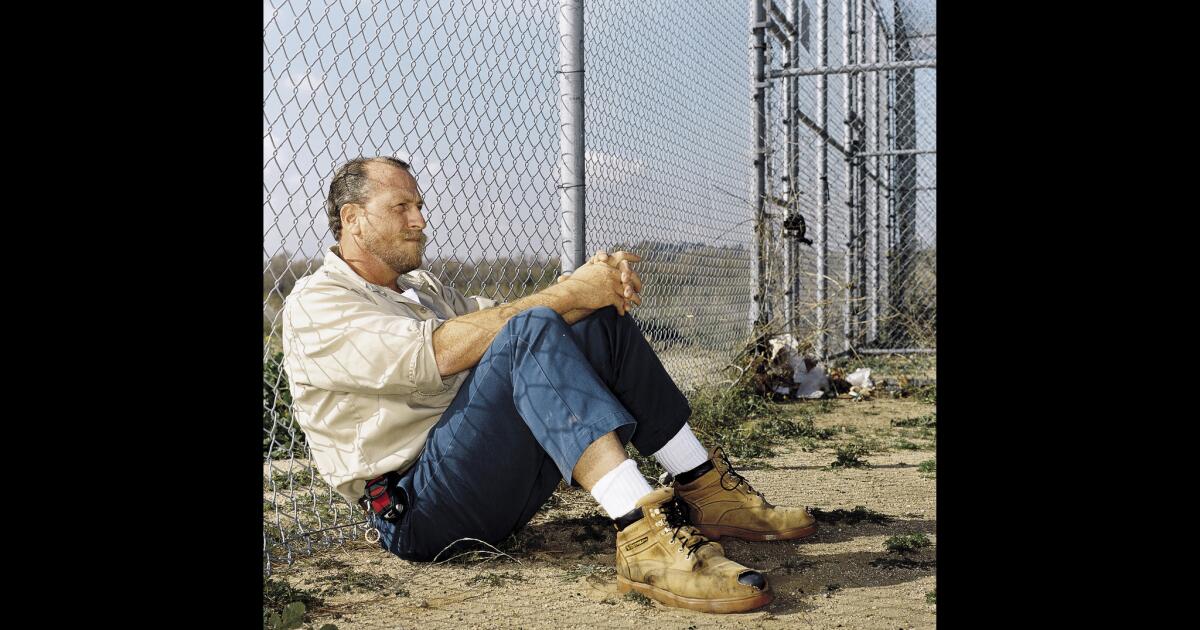Tape of L.A. Police Beating Suspect Sparks Public Outrage
Core Concepts
The author argues that the videotape capturing Los Angeles police officers beating a suspect highlights the need for accountability and reform within law enforcement agencies.
Abstract
The content discusses the public outcry following a video showing police officers repeatedly striking a defenseless man, leading to investigations by multiple authorities. Witnesses provided conflicting accounts, raising concerns about excessive force and lack of accountability in law enforcement.
From the Archives: Tape of L.A. police beating suspect stirs public furor
Stats
The tape recorded more than 40 blows with nightsticks inflicted on the man.
King was identified as Rodney Glen King, 25, who had been released from prison in December after serving time for a second-degree robbery conviction.
King was arrested in 1989 for robbery and assault, later pleading guilty to second-degree robbery and serving time in prison.
The LAPD's use of force policy emphasizes using reasonable physical force only when necessary to protect others or themselves from bodily harm.
Quotes
"This is something we cannot, and will not, tolerate." - Mayor Tom Bradley
"It is a clear case of outrageous police behavior... This whole incident can only be termed disgraceful." - Police Commissioner Melanie Lomax
"(This) is not an isolated incident... The difference this time is that we have the proof... on tape." - Ramona Ripston, ACLU Executive Director
Key Insights Distilled From
by Hector Tobar... at www.latimes.com 03-06-1991
https://www.latimes.com/local/california/la-me-tape-of-la-police-beating-suspect-stirs-public-furor-19910306-story.html
Deeper Inquiries
How can incidents like these impact community trust in law enforcement?
Incidents of police brutality, such as the beating captured on tape, can severely erode community trust in law enforcement. When members of the public witness excessive force being used by officers against a defenseless individual, it creates fear and resentment within the community. This leads to a breakdown in the relationship between law enforcement agencies and the people they are meant to serve and protect. Trust is fundamental for effective policing, and when that trust is shattered due to instances of misconduct or abuse of power, it becomes challenging for communities to cooperate with law enforcement.
What measures should be taken to prevent similar cases of police brutality?
To prevent similar cases of police brutality, several measures need to be implemented. First and foremost, there must be comprehensive training programs for officers on de-escalation techniques, conflict resolution, implicit bias awareness, and cultural sensitivity. Additionally, strict accountability mechanisms should be put in place to ensure that officers who engage in misconduct face appropriate consequences. Regular psychological evaluations can also help identify any red flags among officers prone to violent behavior.
Moreover, enhancing transparency through body cameras worn by all officers during interactions with civilians can provide crucial evidence in case of disputes or allegations of abuse. Community policing initiatives that foster positive relationships between law enforcement and residents are essential for building mutual respect and understanding.
How does media coverage influence public perception of law enforcement practices?
Media coverage plays a significant role in shaping public perception of law enforcement practices. In cases like the one described where video evidence exposes police misconduct or brutality, widespread media coverage brings attention to these issues and sparks public outrage. The images shown repeatedly on television or shared online have a powerful impact on how individuals view the actions of law enforcement.
Positive portrayals by media outlets can enhance public confidence in police departments while negative coverage highlighting abuses erodes trust. Media scrutiny often leads to calls for reform within policing institutions as citizens demand greater accountability from those entrusted with upholding justice and protecting communities.
0
